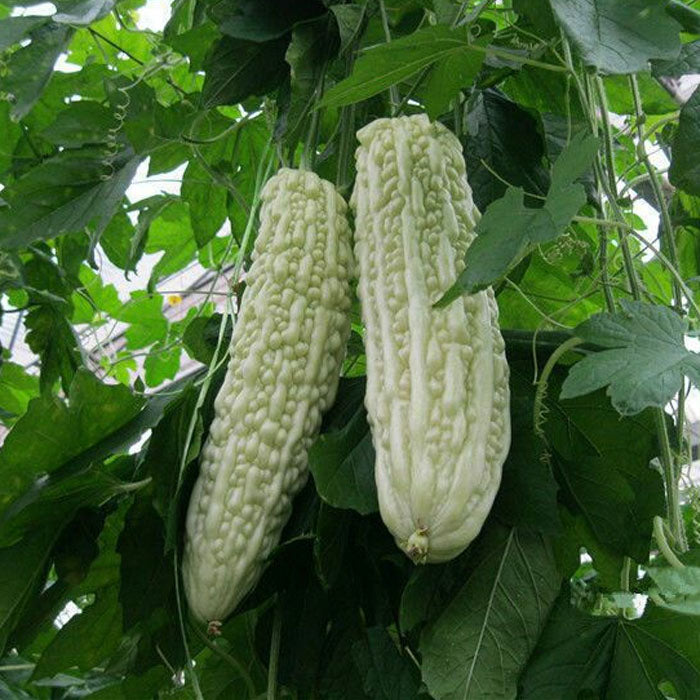



Bittergourd priyanka

FREE SHIPPING

Assured Competitive Price

Your shopping bag is empty
Go to the shop






About Plant : Bitter gourd is an important vegetable in South Indian states, particularly in Kerala and is grown for its immature tuberculate fruits which have a unique bitter taste. Fruits are considered as a rich source of vitamins and minerals and 88 mg vitamin C per 100 g. Fruits are used after cooking and delicious preparations are made after stuffing and frying. During periods of glut in market, fruits are sliced, partially boiled with salt and dried under direct sunlight and stored for months. This is used after frying. Bitter gourd fruits have medicinal value and are used for curing diabetes, asthma, blood diseases and rheumatism. Drinking fresh bitter gourd juice is recommended by naturopaths. Roots and stem of wild bitter gourd are used in many ayurvedic medicines
Propagation : Bitter gourd being a weak climber needs support for its growth. The plants trailed on the support (bower) continues to give yield for 6-7 months as against 3-4 months when trailed on the ground without support. Such vines are less susceptible to pest and diseases as they do not come in direct contact with the soil. In bower system, planting is done at a spacing of 2.5 x 1m. Furrows are opened up at 2.5 m and irrigation channels are laid out at 5-6 m distance. Wooden poles (3 m in height) are pitched on both the ends of alternate furrows at a distance of 5 m. these poles are connected with wires..
| Product | Seed |
| Edible part |
Fruit |
| Nature |
Easy/Medium |
| Type | Flowering |
| Preferred climate | 25-30 Degree C |
| Germination Time | 10-15 Days |
| Season to plant | Monsoon/winter |
Uses
Fresh vegetables for your kitchen.
To have organic healthy dishes for your loved ones
A hobby , exercise which gives you immense pleasure.